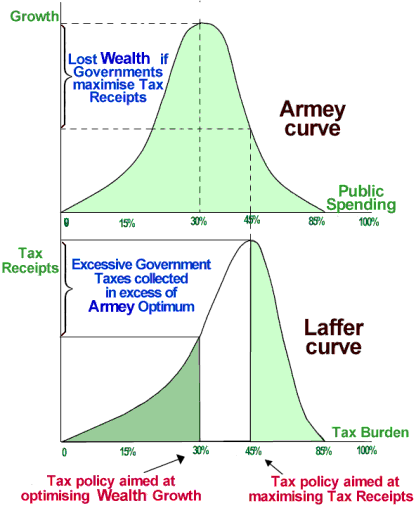John Tamny in Forbes in February 2009 mentioned the following:
- The top income tax rate in the 1950s was 91% and the S&P 500 rose 245%
- During the presidency of George W. Bush, “the combined federal tax on income and investment” was “lower than at any time post-World War II” and the S&P 500 fell 36%
- During the 1950s the dollar possessed a stable value
- During the 1970s the dollar was weak, and “the S&P rose a pedestrian 17%”
- In the 1980s the dollar was strong, and the S&P rose 121%
- During the 1990s, the “dollar exhibited strength” and was also very stable and the S&P rose 208%
- In the 2000s, the dollar was mostly in decline
- Tamny concludes that “Broad evidence suggests the greatest economic predictor is the strength of the dollar, and more importantly, the latter’s stability in terms of value.”
- And, therefore “Democratic talk about tax cuts being a ‘losing formula’ will simply be logically bankrupt, while Republican talk of tax cuts papering over all other economic ills will be a non-sequitur.”
To read the entire article, click on Tax Cuts Stimulate, But They Don’t Solve All Ills.

